ESL Adverbs Worksheet
Are you an English as a Second Language (ESL) learner seeking to enhance your understanding and usage of adverbs? Look no further than this comprehensive adverbs worksheet designed specifically for ESL students. This worksheet will provide you with ample practice to develop your skills in identifying and using adverbs effectively in English sentences. Whether you are a beginner or intermediate learner, this worksheet will help you gain confidence and proficiency in this particular grammatical entity.
Table of Images 👆
- Conjunctive Adverbs Worksheets
- Adverbs of Frequency Worksheets
- Crossword Puzzle Worksheets
- Negative Interrogative Sentences Worksheet
- Spanish Adverbs of Frequency Worksheets
- Free Printable Adverb Worksheets
- English Greeting Conversation Worksheets
- Irregular Verbs List Printable
- Comparative Superlative Worksheet
- Adverb Word Search Printable
- Clothes for Kids Worksheets
- Identifying Action Verbs Worksheet
- Classroom Observation Report
- Positive Personality Adjectives
- Verb Tense and Aspect Chart
More Other Worksheets
Kindergarten Worksheet My RoomSpanish Verb Worksheets
Cooking Vocabulary Worksheet
DNA Code Worksheet
Meiosis Worksheet Answer Key
Art Handouts and Worksheets
7 Elements of Art Worksheets
All Amendment Worksheet
Symmetry Art Worksheets
Daily Meal Planning Worksheet
What is an adverb?
An adverb is a word that describes or modifies a verb, adjective, or another adverb by providing information on how, when, where, or to what extent an action is happening. Adverbs help to clarify or enhance the meaning of the words they are attached to in a sentence.
How do adverbs modify verbs?
Adverbs modify verbs by providing additional information about how, when, where, or to what extent an action is performed. They can indicate the manner in which an action is carried out, such as quickly or slowly, the timing of the action, such as yesterday or now, the location of the action, such as here or there, or the intensity of the action, such as very or barely. Adverbs help to add detail and precision to the verb in a sentence, giving a clearer picture of the action being described.
What is the difference between adverbs of frequency and adverbs of manner?
Adverbs of frequency describe how often an action occurs (e.g., always, never, sometimes), while adverbs of manner describe how an action is performed (e.g., quickly, softly, carefully). So, the main difference is that adverbs of frequency tell us how often something happens, while adverbs of manner tell us how something happens.
Give an example of an adverb of frequency.
One example of an adverb of frequency is "always.
How do adverbs of manner describe an action?
Adverbs of manner describe how an action is performed or the way in which something happens. They provide more information about the verb in a sentence, often answering the question of how the action is being carried out. Adverbs of manner can modify verbs to express the speed, style, or method of an action, helping to give a clearer picture of the action taking place.
Can adverbs modify adjectives or other adverbs?
Yes, adverbs can modify adjectives or other adverbs. Adverbs are versatile words that can modify or describe verbs, adjectives, and other adverbs, providing more information about how, when, where, or to what extent an action is performed. For example, in the sentence "She is very intelligent," the adverb "very" modifies the adjective "intelligent." In the sentence "He runs extremely fast," the adverb "extremely" modifies the adverb "fast.
What is the role of adverbs in a sentence?
Adverbs modify verbs, adjectives, and other adverbs by providing information about how, when, where, or to what extent an action is performed, enhancing the meaning of the sentence. They can help to clarify the manner in which an action is carried out, specify the time frame of an event, indicate the location of an action, or describe the degree to which something is done. Ultimately, adverbs add more depth and detail to a sentence, making it more informative and engaging for the reader.
How are adverbs formed from adjectives?
Adverbs are often formed from adjectives by adding the suffix "-ly" to the adjective. For example, the adjective "quick" becomes the adverb "quickly" when the suffix "-ly" is added. However, not all adverbs are formed in this way, so it is important to be mindful of exceptions in the English language.
What is the purpose of using adverbs in writing?
Adverbs are used in writing to provide more information about verbs, adjectives, or other adverbs. They help to clarify the manner, degree, time, frequency, or place of an action or state described in the sentence. Adverbs enhance the meaning and details of a sentence, making it more precise and engaging for the reader. Additionally, they can help create a more vivid and descriptive narrative by adding nuance and depth to the language used.
Provide an example sentence that demonstrates the use of an adverb.
She quickly ran to catch the bus before it left the stop.
Have something to share?
Who is Worksheeto?
At Worksheeto, we are committed to delivering an extensive and varied portfolio of superior quality worksheets, designed to address the educational demands of students, educators, and parents.

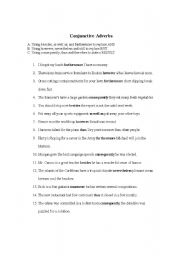



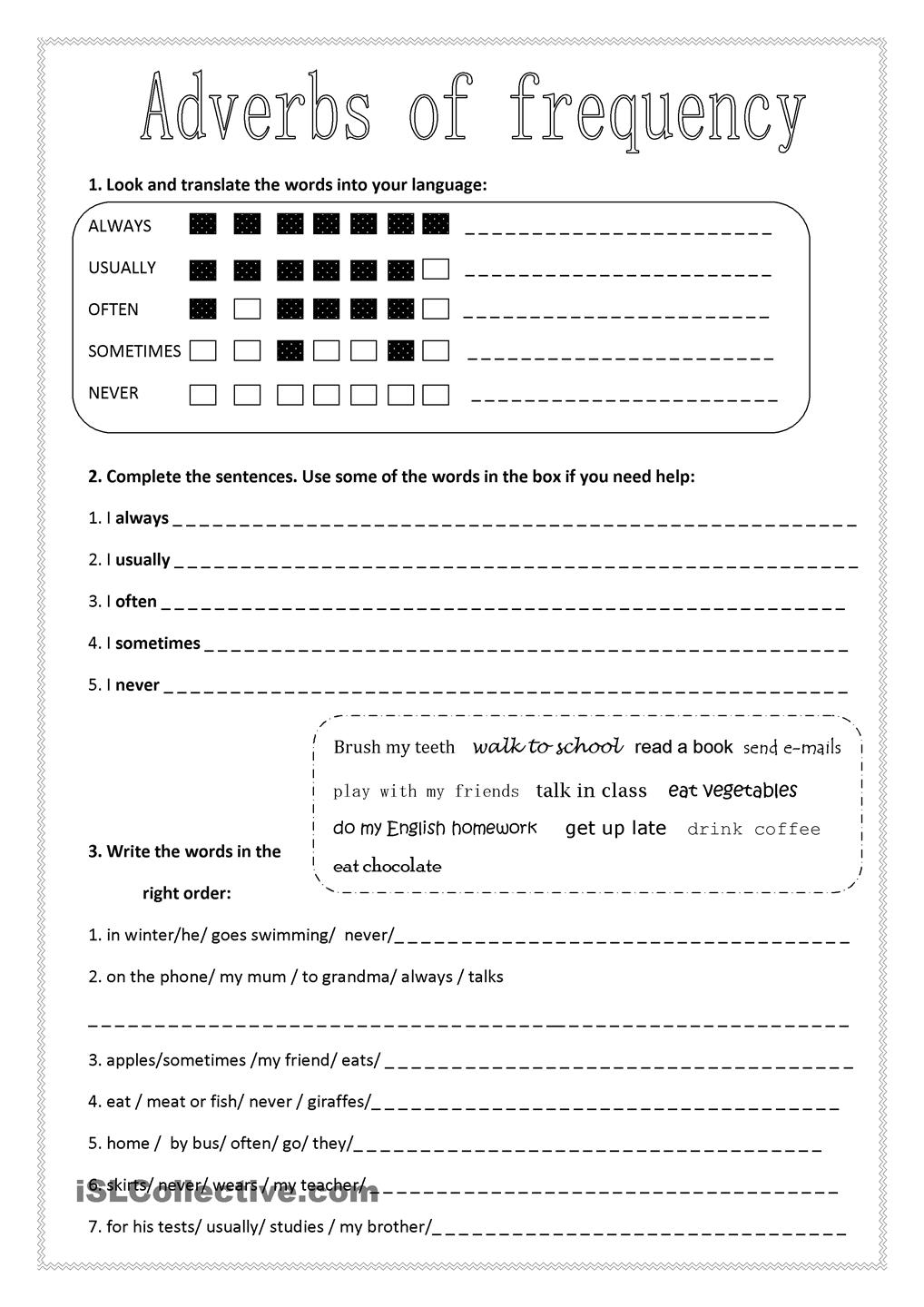
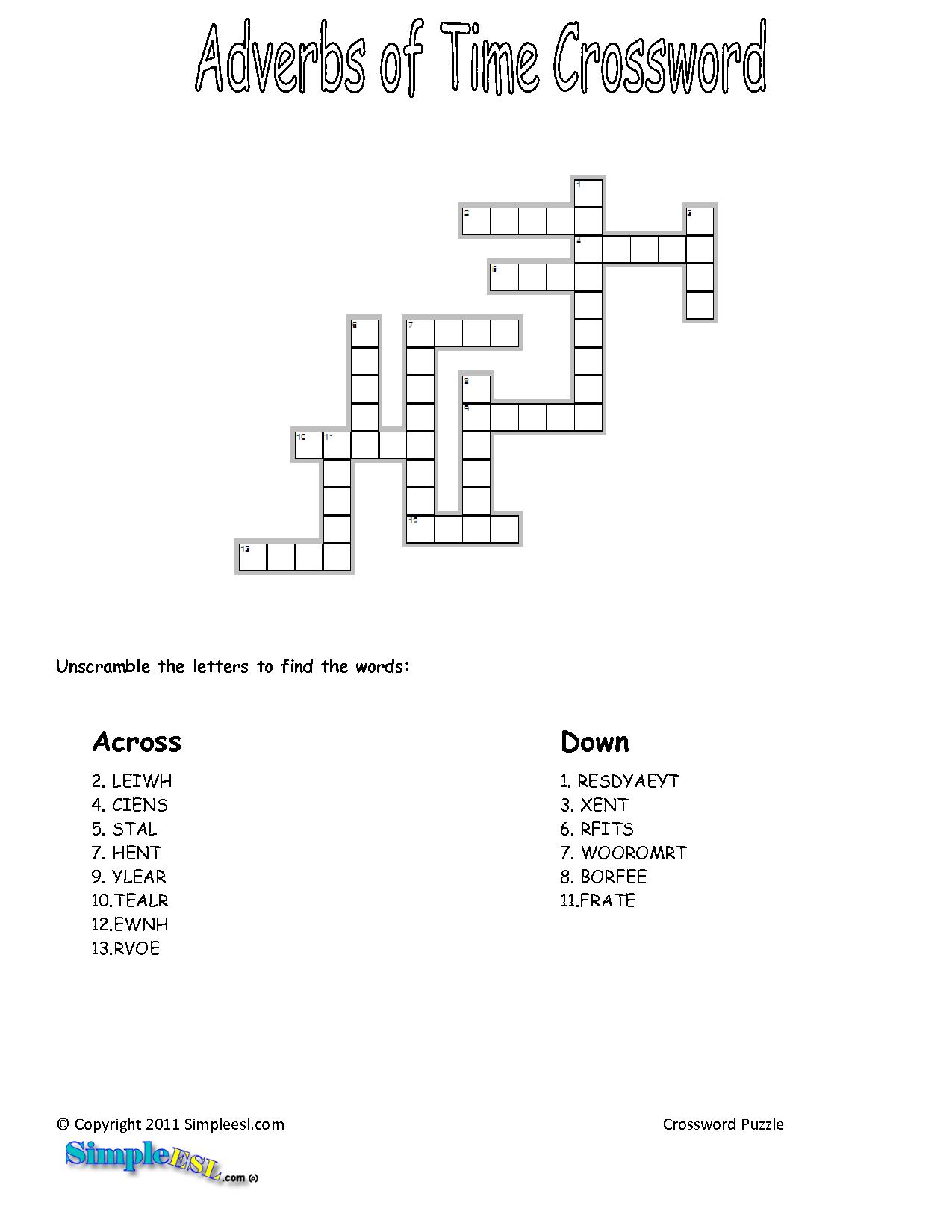
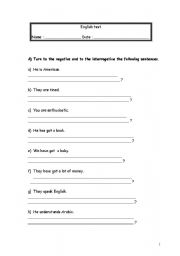

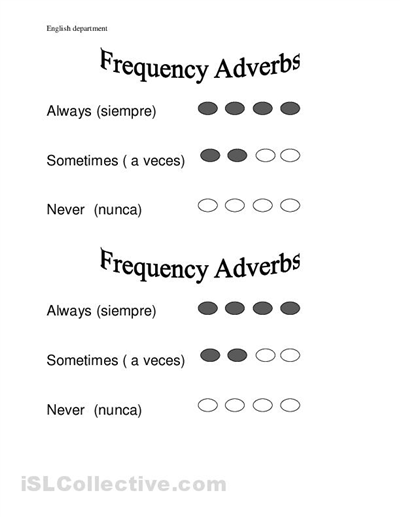
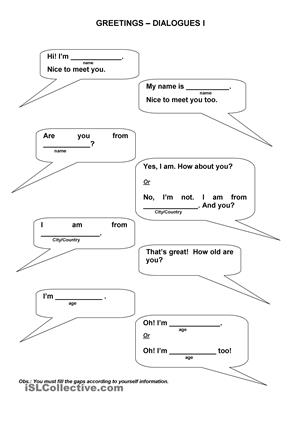
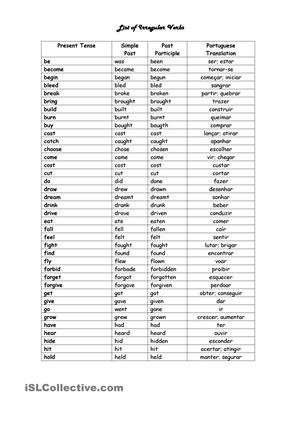
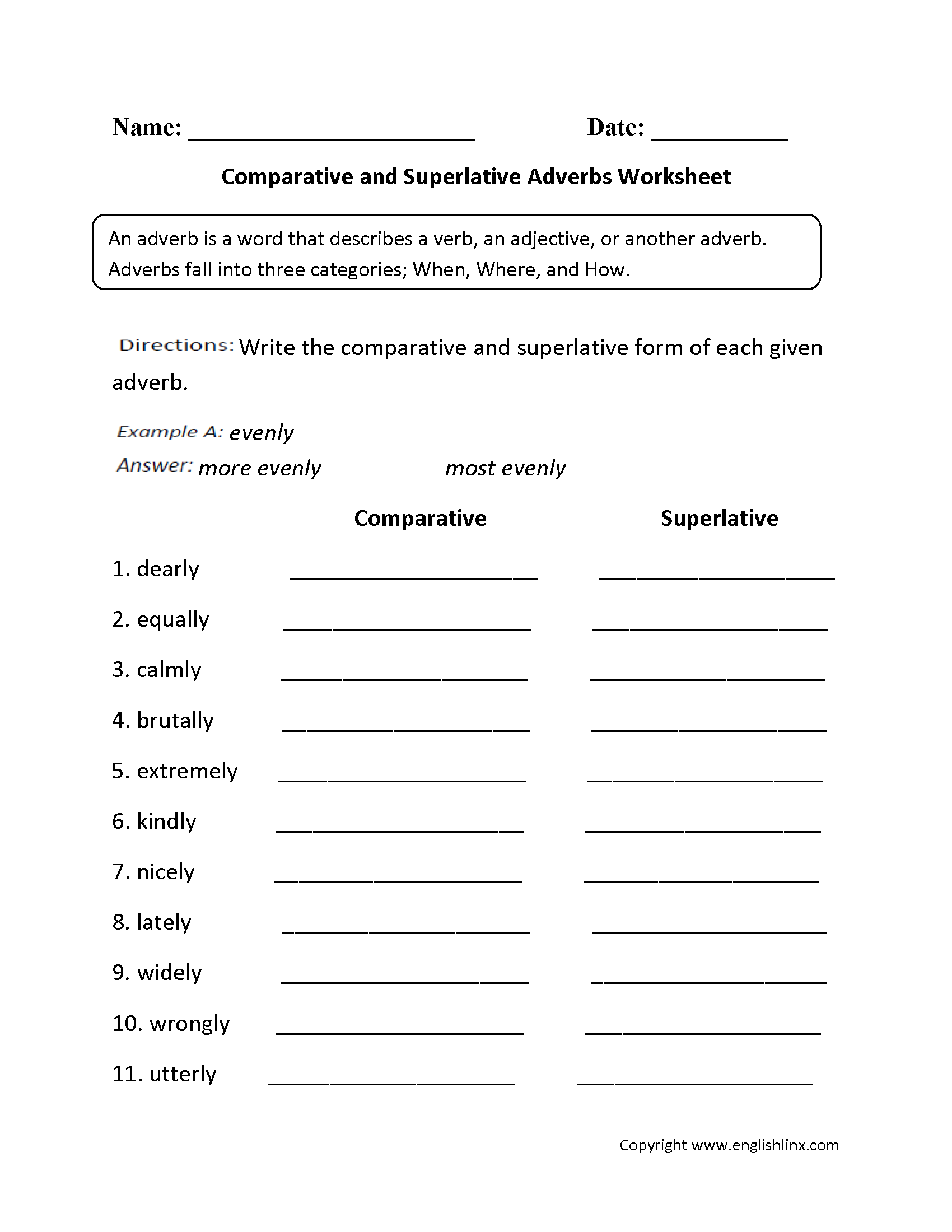
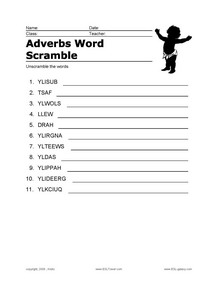
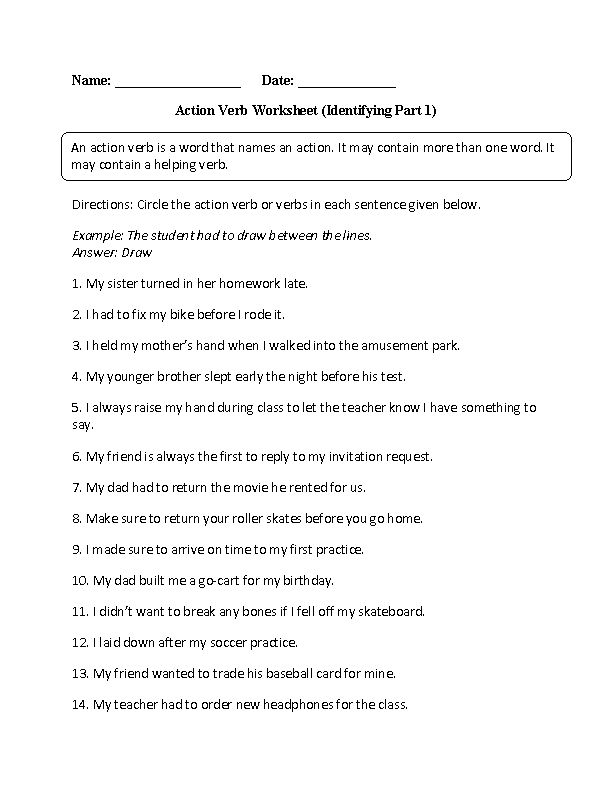
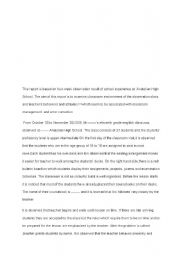
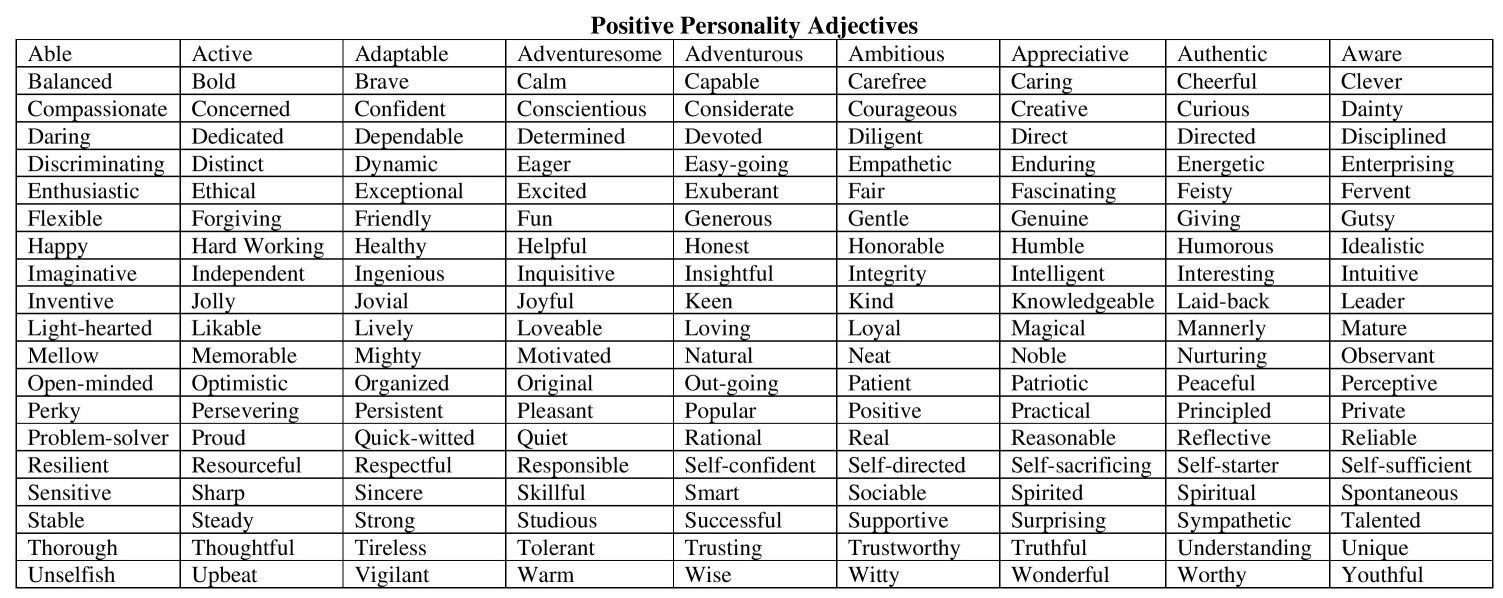
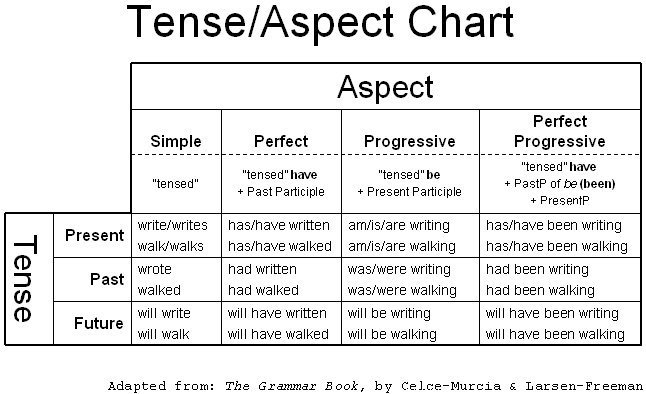














Comments